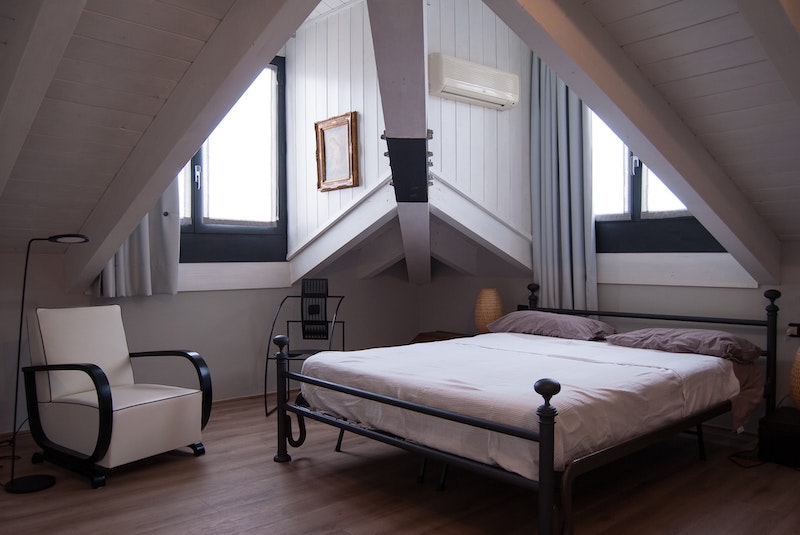
Mattress Automation: Now And In The Future
The idea of cold, calculating machines helping us get things done might have seemed a little scary a few decades ago, but industries are starting to see computers and machines as more than just lifeless equipment.
There isn’t a single industry that hasn’t made use of automation. We can now get things done faster and in a more efficient way and we can eliminate the risk that comes with human error. From manufacturing equipment, to data collection and even e-commerce. We’re already seeing the impact automation is making in the mattress industry.
Trailblazing developments have now become the norm. With wage bills increasing, shipping getting more expensive and skilled labor becoming scarcer and scarcer, automation is only going to be more relevant in the mattress industry.
Robotics
As it stands, you can find conveyors in all sorts of factories around the world. Lift-and-place mechanisms mean heavy lifting can be done without much human involvement. As machine makers continue to tweak their products, operating these machines will start to become easier and easier and training will get less intense until we see the need for human operators vanish altogether.

The mattress industry never wanted to rely on seamstresses forever. We humans are inconsistent, we easily get hurt and we make mistakes like nobody’s business. With Swinging Needle Technology and machines like the ErgoSmart Table from GSG, sewing is now easier than ever before. Operators can run two machines at the same time, resulting in quicker production without compromising on quality.
For now, such machines are cutting training time down to a few days but before you know it, these machines will be unmanned and they’ll probably only require maintenance from flesh-and-blood engineers. With less money going into the production process, it’s going to be much cheaper buying quality hybrid mattresses, and as you might imagine, those are pretty pricey to make.
Plant Floors Reimagined
Administrators play a huge role when it comes to running things in the mattress industry. There are people responsible for organizing the activities in mattress factories, some work in quality control, others work in Supply Chain, but all will be assisted by automation. From the procurement process, to packaging and even logistics, automation is set to take over.
Currently, the bed-in-a-box is an example of how automation has changed the mattress industry. Soon, not only will we see machines make a mattress and pack it into a box, logistics will improve to the point where forklifts will drive themselves and delivery trucks will make their way to your house, driver-free.
Quality control will be done by computers and microchips that can pick up information in real-time, alerting engineers immediately and saving costs from repairs by detecting defects early. There are now systems that can be attached to machines that are already in use, so there’s no need to buy fancier, more expensive machines.
Automation equals efficiency, and normal computers will start to sync up with factories so that operators can do their work without having to physically be in the factory. A Chinese mine made news this year after it was found that 5G technology helped them operate bulldozers, excavators and cranes from behind joysticks and monitors in a closed room.
As remote work becomes more and more popular, it’s going to be normal for you to work in a mattress factory without actually being in one yourself.
Cleaning Up
We’ve seen robot vacuums that can zoom up and down the living room, but the mattress industry is also hoping to get it’s cleaning done automatically. Up till now, mattress makers have been using solvents to clean up the glue they use to put mattresses together, but those days will soon be over.
With a reducing reliance on toxic chemicals, machines like the BT15 Foam Encasement Table will result in factories cleaning up their glue with ‘release coating’, which is a plus for factory workers and the environment alike.
The future of the mattress industry is one filled with eco-friendliness. Yes, there are mattresses out there that are made from responsibly sourced materials, and there are countless certifications that are meant to make us feel like we’re doing the environment a favor but there’s still a lot of room for improvement.
Rather than getting rid of quilt panel cut-outs for example, mattress makers are going to use that to make padding swatches. This will not only save the industry a load of money, but it’s going to do the environment some good, and who doesn’t want to live in a clean, green world?
Light-Years Ahead
It’s already happening; the transition to total automation is already under way. You can punch in details about your body on a computer and it’ll tell you what kind of mattress you need. Human intelligence is limited, but as for Artificial Intelligence; not so much.
Sensors will help save energy, machine learning will cut costs; the possibilities are endless with automation. The mattress industry is preparing to sleep at the wheel while computers slave away, and honestly, can you blame them?
